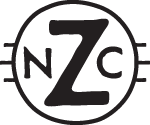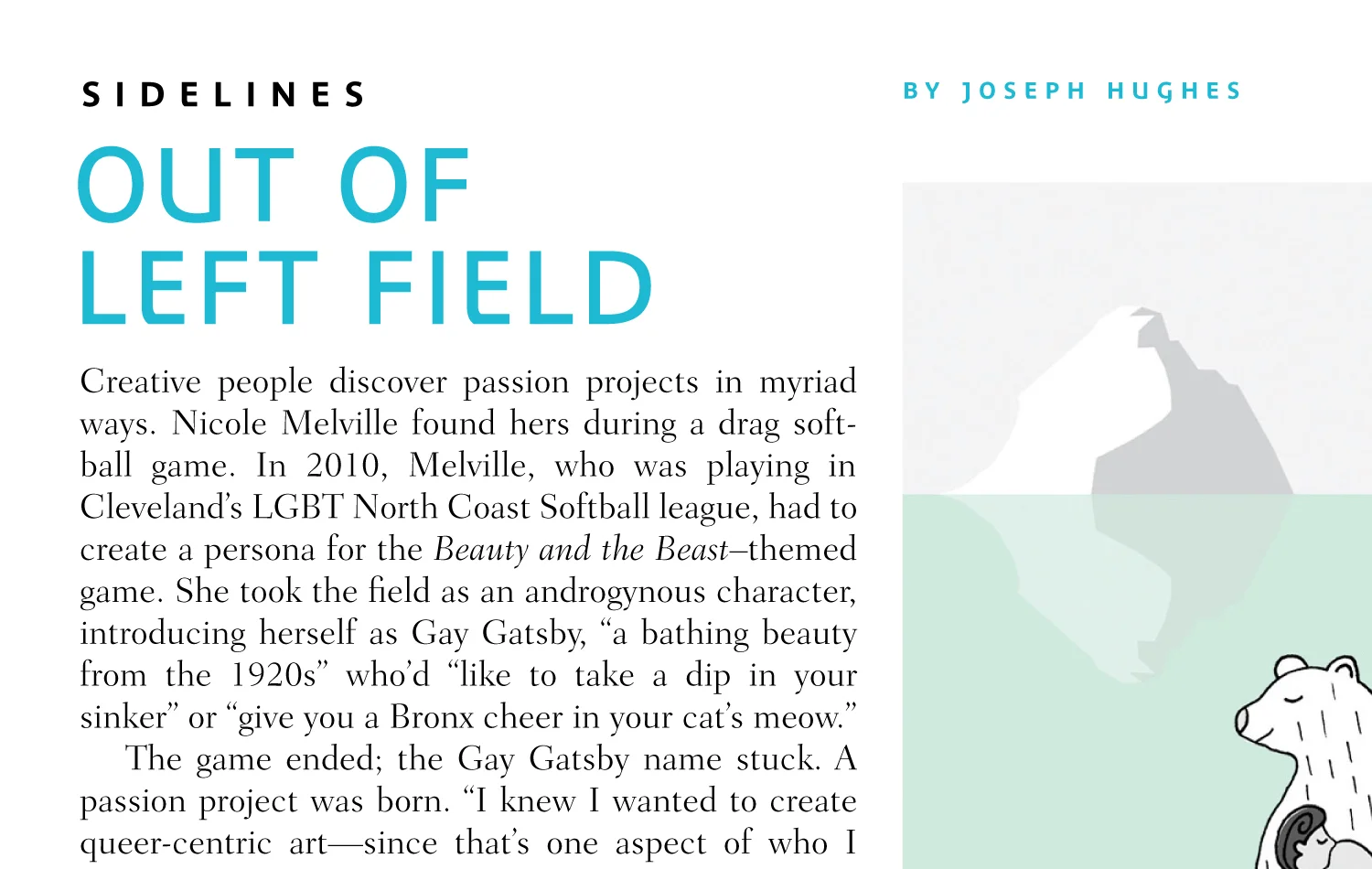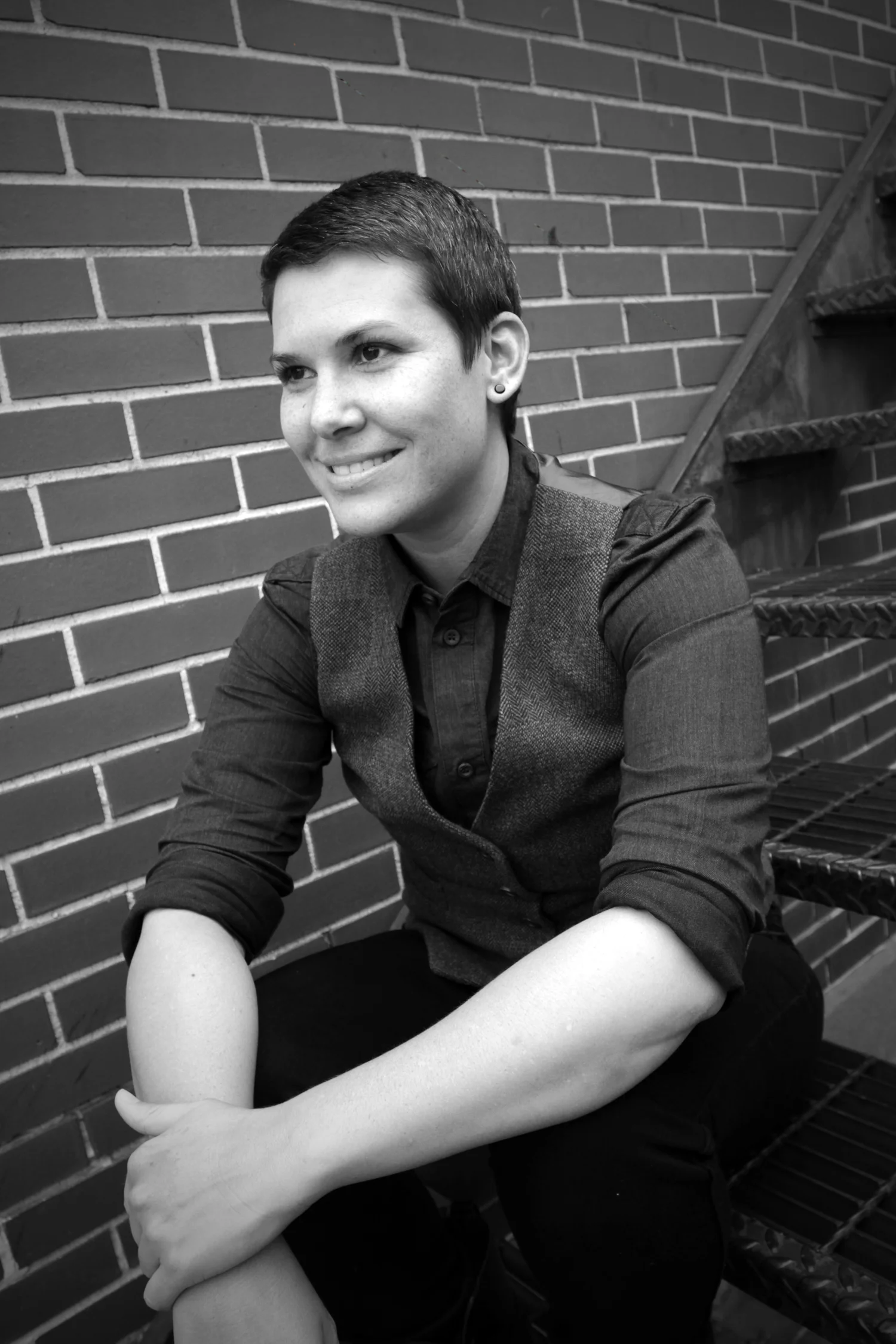HOW / Gay Gatsby
I wrote a Sidelines feature about Nicole Melville and her Gay Gatsby project for the May 2014 issue of HOW magazine. To read the story, click on the link below:
Out of Left Field (PDF file)
An online sidebar originally appeared on the HOW Design website accompanying the print article. In March 2019, HOW’s parent company filed for bankruptcy, and the website ceased to exist. The sidebar now appears below the adjacent thumbnail.
Further, Casey shot the portrait of Nicole for HOW as well. A larger version of that photo appears below the sidebar.
A conversation with Nicole Melville of Gay Gatsby
What was the road that got you to where you are today?
I was born and raised in Grand Rapids, Michigan. From a young age, I knew I wanted to be in advertising. As an 8-year-old, the show thirtysomething really resonated with me. The two main characters were a writer/art director team and had toys in their office. Career decided. Done.
I went to college at Michigan State University, where I got a degree in advertising. At the time, there weren't too many “advertising degree” programs. Most schools just lumped it in with marketing, which helped guide my decision. Knowing that I wanted to be on the creative side of advertising, I ventured off to Portfolio Center in Atlanta, Georgia, for further development by studying art direction and design. There, I was able to hone my creative process and develop my design chops. I really liked Atlanta, so I stayed. After spending nine years freelancing and working for two agencies, I wanted to get back to my Midwestern roots. That’s when I landed at Melamed Riley in Cleveland.
How have your colleagues at Melamed Riley pushed you to grow, even as it relates to Gay Gatsby?
Melamed Riley has been a dream job. It’s great working for owners who come from the creative end. Both [owners Sarah Melamed and Rick Riley] are writers. I’m completely surrounded by brilliant folks on all fronts who value the work and the process. They encourage us to stay on top of our game by pursuing things outside client work during work hours to boot. I actually have a billing code for a project called “Dream Jobs.” I use that time to practice new techniques I haven’t had a chance to explore before, as well as work on ideas for our new Melamed Riley online store. Ultimately, having this time not only enhances the brain matter, which, in turn, improves client work, but it also allows the company to capitalize on any potential down time. Great ideas tend to form in that in-between time, so it’s a win-win.
How does Gay Gatsby fit within that framework?
I’m always thinking of ideas unrelated to client work. Most of them bad, but there are a few that stand out. I try to execute the good ones. It all starts with pen and paper and, if deemed worthy, I head to the computer. A lot of those ideas are random at best; a logo here, a poster there. In addition to having a collection of disjointed work, I wanted something that represented me. As designers, we are constantly creating solutions by tailoring our designs to fit the client's brand. I wanted to create my own brand. Where I am the creative director and the client.
My portfolio is filled with work that displays how I think and what I can do. I wanted Gay Gatsby to be separate from that. I wanted it to be an escape from doing stuff for others. Still showing how I think and what I can do, but more of a self-guided tour, so to speak.
What advice would you have for other creatives who are, like you, at an agency, or are working in-house for a company when it comes to the importance of passion projects?
It’s easy to get burnt out creatively. Being creative day after day is no easy feat. That includes client and personal work. It’s the reason why I fill my down time with creating something, anything. It doesn’t have to be the most brilliant idea ever. If you get hung up on making something that has to be perfect, you’re never going to start. It’s the idea of practice and the more you do something, the better you get at it. Schedule it into your day, like you would anything else. Whether it be an hour two days a week or two hours over the weekend.
And it doesn’t have to be in front of the computer. Make something with your hands, play an instrument, write, draw. You never know what will come from it. If you make something cool on the computer, carry that to another medium. Go build it in the three-dimensional world or paint it on canvas. Take a Skillshare class, where you can learn from the best in the business for super cheap.
I should also stress that it’s important to find that balance between work and life. A lot of the time I get my best ideas while driving or hiking or even after a good, old-fashioned nap. It amazing what drinking water and getting the right amount of Z’s will do for your productivity. The more you push yourself outside of your comfort zone, the less likely it is you're going to get stuck in the revolving door of the same old creative solutions. Never rest on your laurels.
Apart from your day job at Melamed Riley and your passion project in Gay Gatsby, you’ve got so much going on: You're a member of several organizations and on the board of two non-profits. You’re an athlete, gardner, and aspiring salsa dancer. Where does your willingness to try new things — and all of that energy — come from?
It’s easy to say, “I’ll do it later.” I love creating. That is when I'm most happy. If I know what makes me happy, why put it off? Growth comes when you push yourself. There’s nothing to lose in trying new things, especially when it comes to design. It only expands your capabilities. I am always willing to try new things. Unlike illustration or photography, designers are expected to have an arsenal of styles. Design is always evolving. It’s important to stay current, if not ahead of the curve. Personally, I strive to be a well-rounded person as well as designer. The more knowledge and experience you have, the more likely you’re able to come up with viable solutions. And that’s what design is about: Problem-solving.
You’ve talked about creating queer-centric art because that’s one aspect of who you are, which is how Gay Gatsby came to life. Beyond that, how does being gay affect your work, if at all? Have you had any other opportunities to use your talents to create other LGBT-inspired projects?
I don’t know that it affects my work on a day-to-day basis. It does inspire me to choose such subjects as Gay Gatsby to focus my energies. I suppose anyone's life experiences skew their perspective. I think it's important to have many perspectives.
Recently, I had an opportunity to work on a couple of collateral pieces for Gay Games 9, which take place later this year in Cleveland. I also created a logo for the Cracker Barrel employee LGBT resource team. I really haven’t been commissioned to work on many queer-centric projects. I would love the opportunity to work on more.
What advice would you have for young creative people who want to infuse this part of who they are into their design?
Think about what you want to communicate, how you want to communicate it and with whom you want to communicate with, then make it unique and interesting.
What’s the state of the LGBT design world? What do you see now? And what would you like to see in the future?
Because there is a huge civil rights movement in this country currently with the LGBTQ community, there are a lot of advocacy designs by both designers who identify as LGBTQ and straight allies. I thought all of the Obama campaign LGBTQ merchandise during the 2012 election was great, specifically the signature “O” with the rainbow. The “Big Gay Ice Cream Shop” is adorable. I mean, how could anyone hate ice cream? The google rainbow search bar design, which appeared after the Supreme Court struck down DOMA, was a great use of advocacy design. It would have been cool to see Apple use their retired rainbow logo temporarily to show support. Nike has become a much needed ally by launching their #BeTrue campaign in support of the LGBT community. The idea of a big brand that has so much visibility coming out with a special collection in support the community makes a huge statement targeted towards the sports world, where tolerance is still a struggle. It would be great to see other big brands follow suit.
As far as resources, the LGBT Creative Series is really wonderful. The Fox is Black did a great job of asking LGBT designers specifically what it’s like to be a part of both communities.
Who are your role models in the LGBT design community?
Some of my favorite artists and designers are Keith Haring, who raised AIDS awareness and brought queer art to the public. Annie Leibovitz’s A Photographer’s Life, where she documented her life with Susan Sontag, is simply remarkable. I use to live near the GCMA in Greenville, South Carolina, where they have a great collection of work from Jasper Johns. I’m a sucker for anything tied to the South. And Robert Rauschenberg for his breadth of disciplines.


